Understanding tax deferral tools like 1031 exchanges can help you get the most from your mineral rights investment.
Can a Section 1031 exchange be used for mineral rights? Contrary to commonly held beliefs, yes—it can be used to exchange mineral rights in most cases. There are, however, a few things you should be aware of, especially time limits and the types of limitations that may render a mineral rights lease ineligible for a Section 1031 exchange.
Read on to learn about Section 1031 exchanges as they relate to mineral rights.
What Is Section 1031?
Section 1031 is part of the IRS tax code. A Section 1031 exchange allows you to exchange one investment property for another. Most of the time, investment exchanges are taxed just like sales, but if your investment exchange meets the requirements that Section 1031 sets forth, then you can reduce or eliminate taxes due when you make the exchange.
This tax deferral is the main benefit of doing a Section 1031 exchange. This allows you to change your investment vehicle without cashing out or creating a situation in which the IRS would require you to pay capital gains taxes.
1031 Exchanges for Mineral Rights
Broadly, the definition for 1031 exchanges covers things like real estate investments: raw land, homes, hotels, multifamily dwellings, commercial properties, retail properties, farmland, oil fields, and so on. This leads some to believe that 1031 exchanges cannot be used for mineral rights, but the 1031 exchange can be used for mineral rights.
Technically, leases on mineral rights are considered a real estate interest, which makes mineral rights eligible for a 1031 exchange. However, certain terms of a mineral lease might render it ineligible. In general, limitations on the amount of minerals allowed to be extracted through the mineral lease may affect whether mineral rights are eligible for a 1031 exchange.
Mineral rights are a great investment tool. If you’re interested in selling real estate so you can invest some of your real estate portfolio in mineral rights, a 1031 exchange is an instrument to help you reinvest that money without paying taxes. Before you purchase mineral rights, however, it is wise to lay the initial groundwork for the future by ensuring that your mineral rights will be eligible for the 1031 exchange program.
Ready to learn more about available opportunities to invest in mineral rights? Contact Eckard Enterprises, and we’ll be happy to walk you through the options and answer any questions you may have.










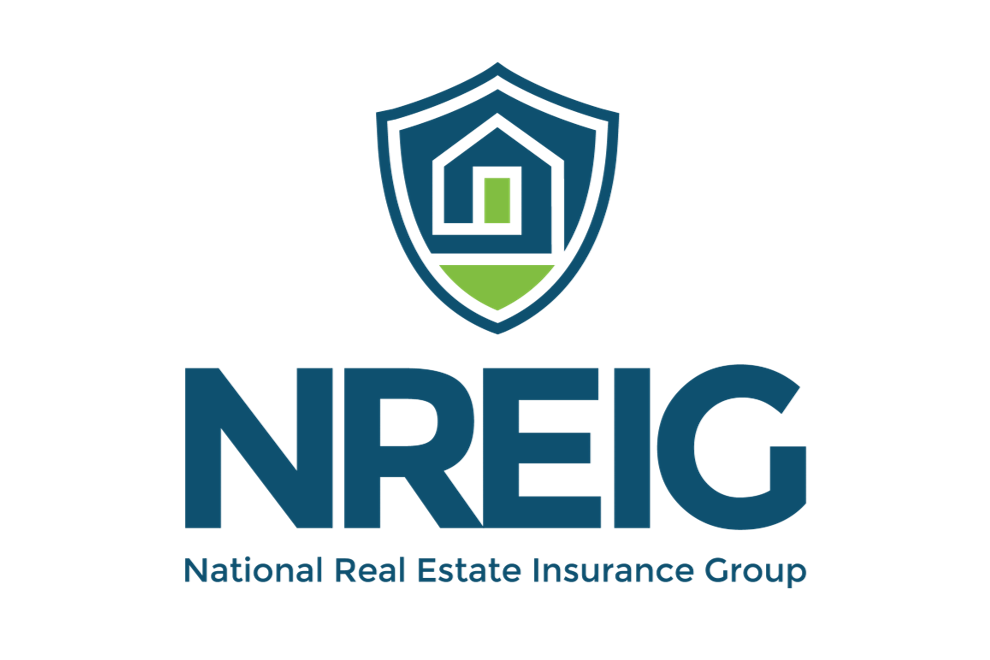
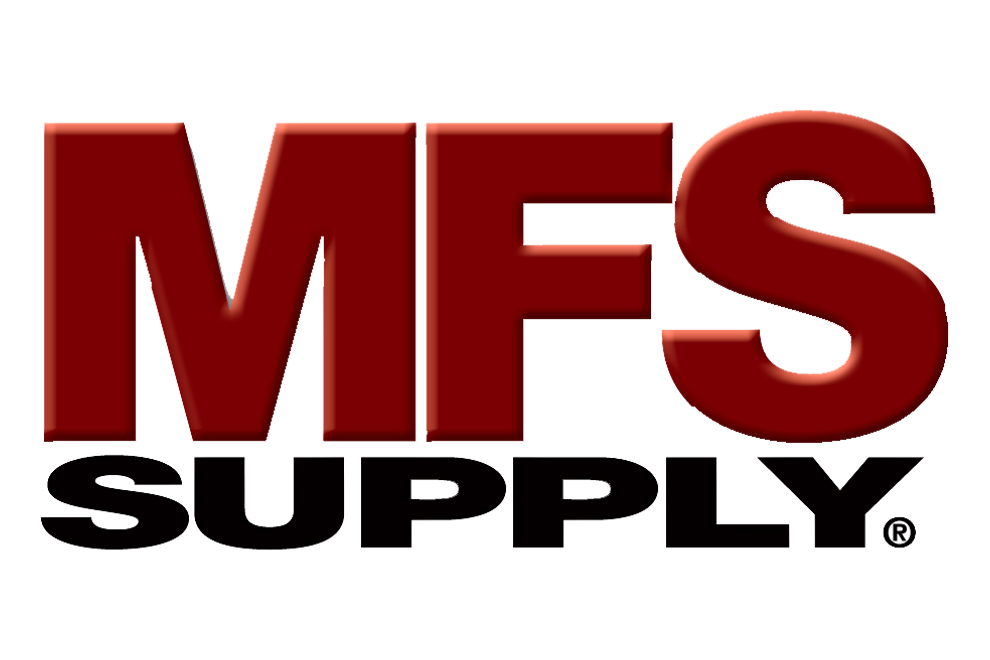

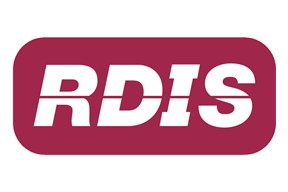

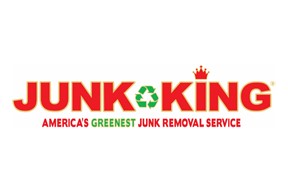
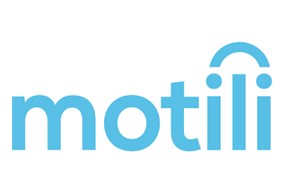
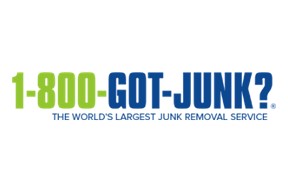


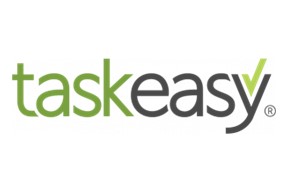
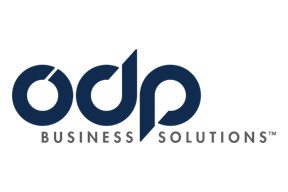
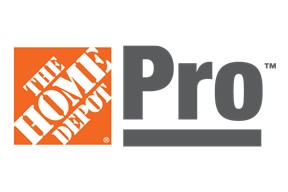

0 Comments